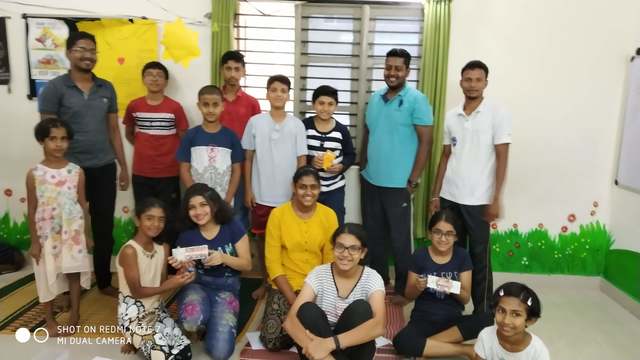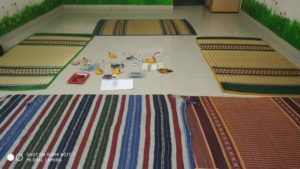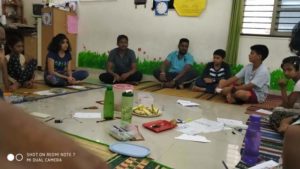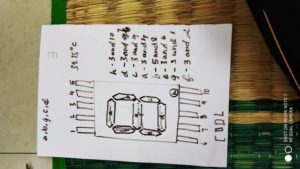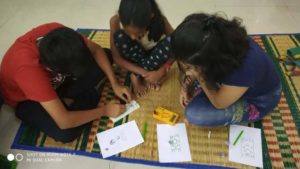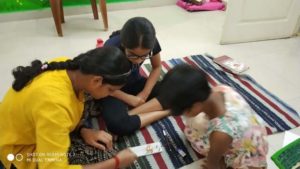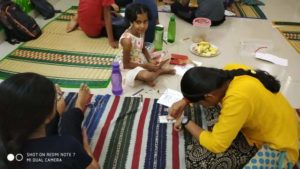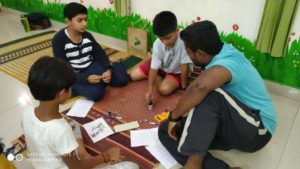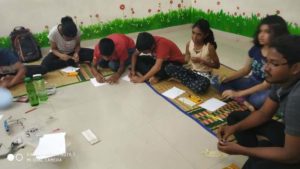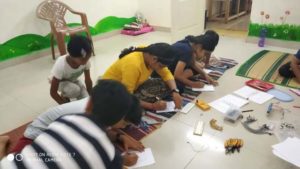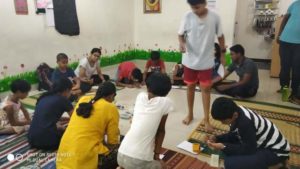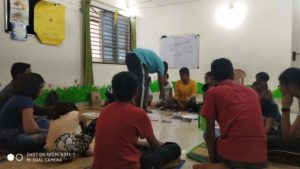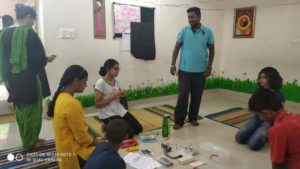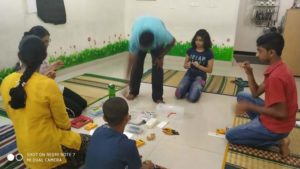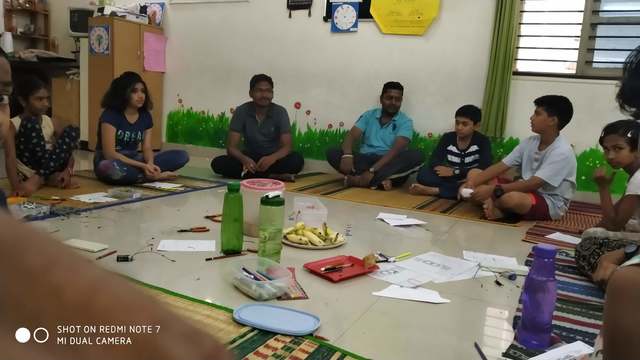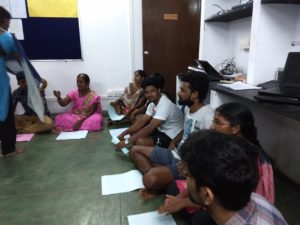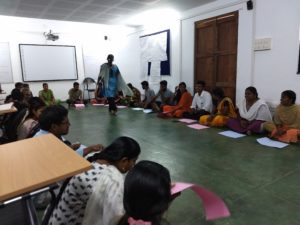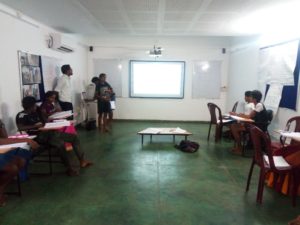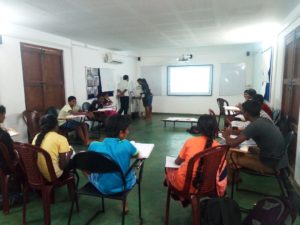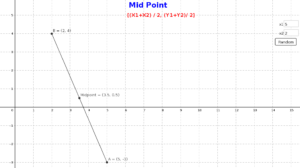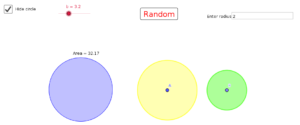~saranya
Logeshwari, Vasantharaj, Alex and I went to present our paper in the ‘Medaiyil Thisaimaani’ program. There were full of govt.school teachers from various school. We (we refers to logeshwari, vasantharaj, alex and saranya) got an opportunity to talk about our school (Isai Ambalam) on first day first program. We shared what we do and what method we follow at our Isai Ambalam school.
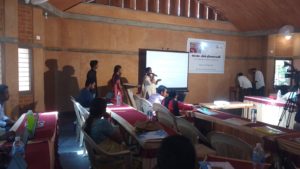
We were able to deliver everything also we were able to complete it on time. We had a panel discussion in the afternoon. Govt.school teachers presented their paper to everyone. They also shared what they do and what method they follow in their school.
Reflections:
Saranya
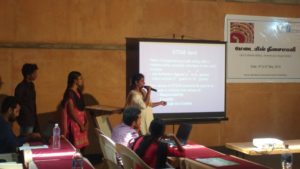
(i) I was able to be on time for the Seminar. I was able to deliver what I want and I was able to complete it on time. I was able to interact with people from different social profile.
(ii) Our presentation went well and it was well received. We had questions from different people also one teacher inspired by our project (world map). They wanted to have same world map in their school. Interacting with many people and I met my school headmaster.
(iii) I would like to practise before hand for presentation.
Logeshwari
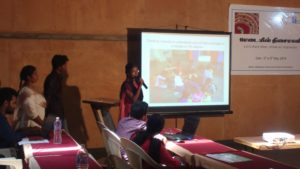
This is the first time I am presenting about Isai Ambalam School outside. I learnt what it would take to give out a presentation to people. It was a good learning experience to become aware of the teaching methods in many of the government schools.
What I did well.
I presented my part of slides in the presentation well other than I expected.
What went well.
The day was started with our presentation and it went well and was received well by the audience.
What I will do differently.
Put time for preparation
Vasantharaj
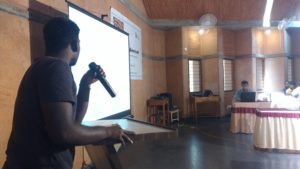
I didn’t even think about teaching and teaching methods in Government school. In ‘Madaiyil thisaimani’ most of the teachers are from the government school. They have been following different methods, this surprised me a lot. I learnt that Education is practical and the students enjoy the Joy of learning. One science teacher presented a paper “Innovative participatory assessment techniques for science learning” that inspire me a lot. They created their own website and students published their projects. He also explained how to generate QR code for the website. This makes students more curious towards the science. This program makes me perspective of thinking towards how to take classes more interactively.
Alex
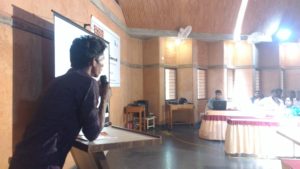
I learnt many teaching methods from experienced teacher’s. It’s very useful for me. This program is out of my expectations because is that my first presentation and best experience for
me.
I learned a study on soil,Soil profile, Moisture contents, Pond eco system, etc and then I learned
natural and healthy foods.
in the three days very useful for me. Every day I learnt new things from this workshop.







